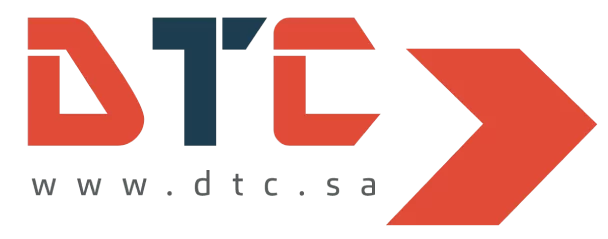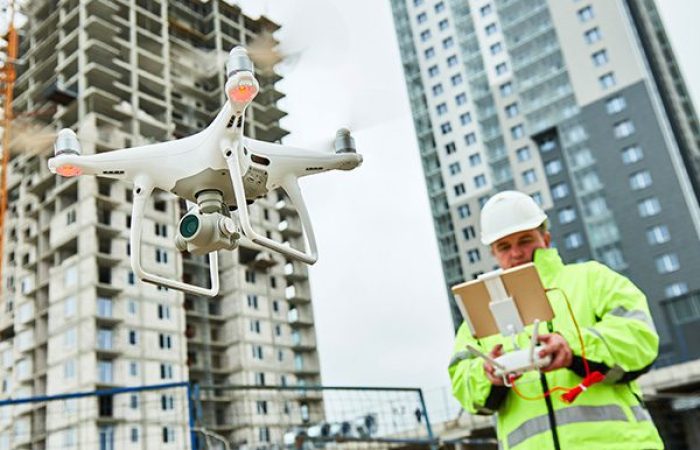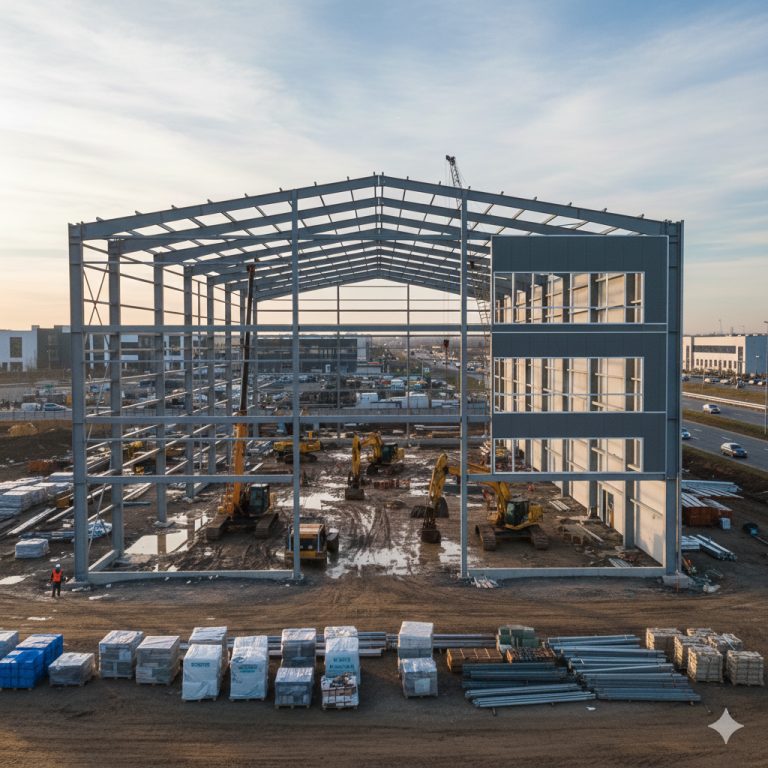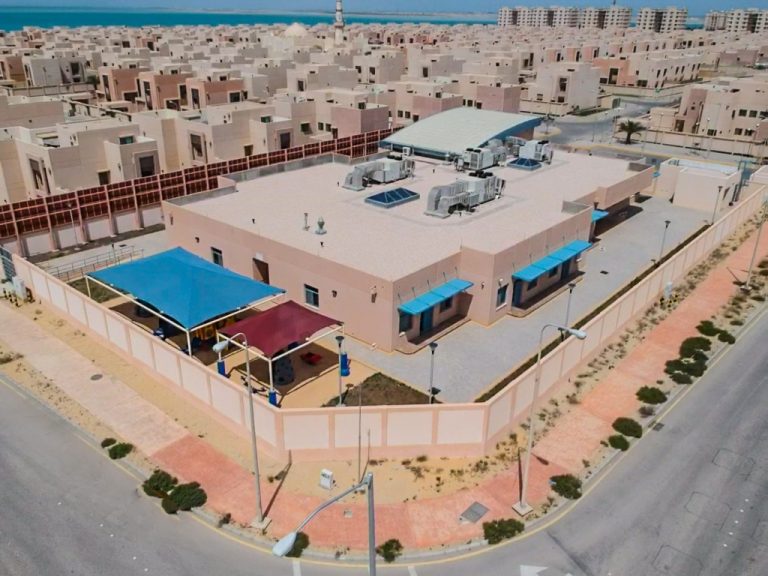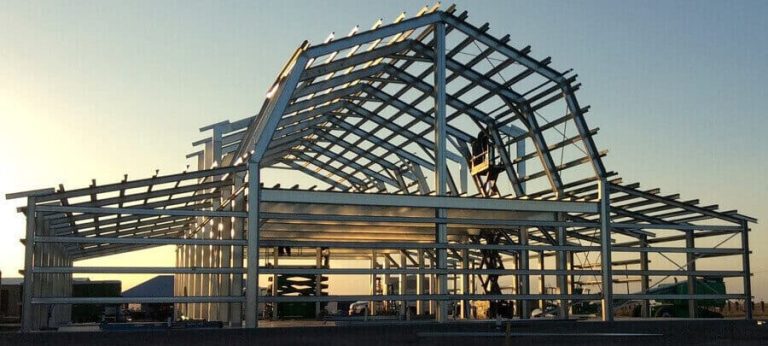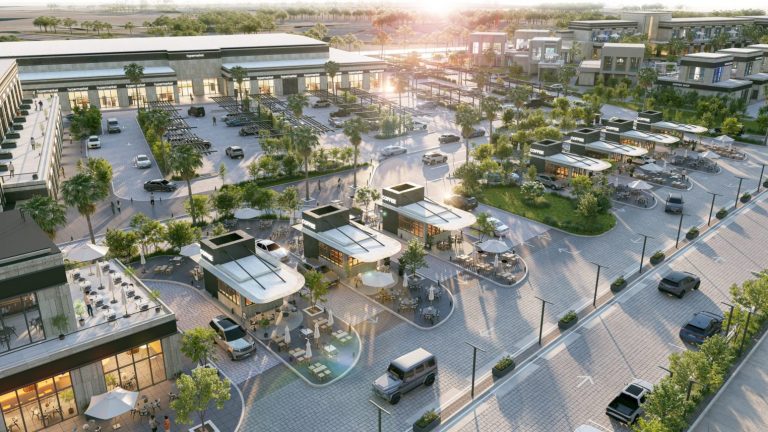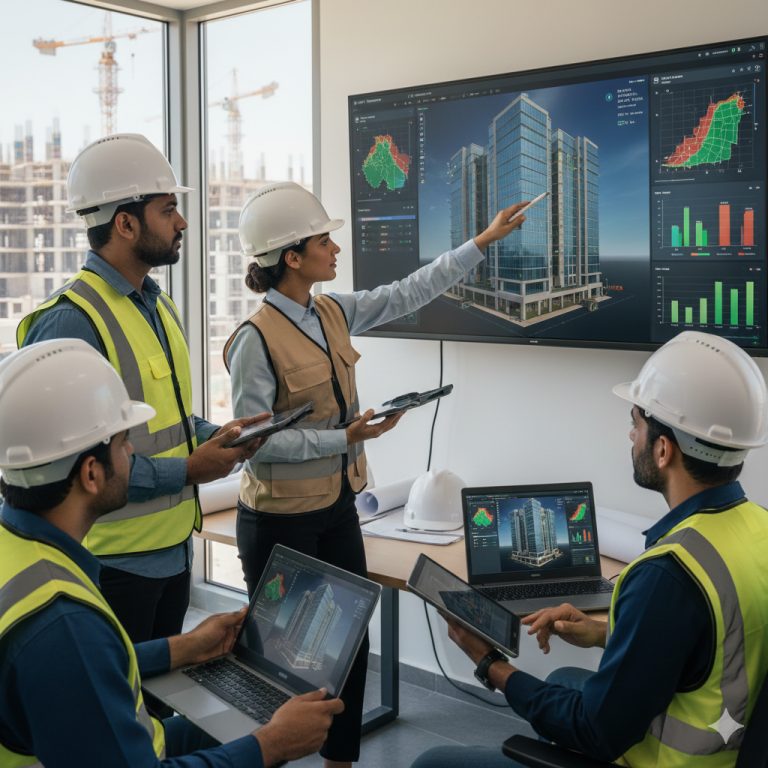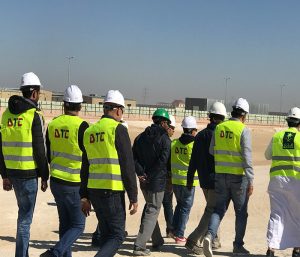Drone Technology into the Construction Workflow
Drone technology has revolutionized the construction industry in more ways than one. With the ability to capture aerial footage and data, drones have become an invaluable tool for surveying sites and monitoring progress. But it doesn’t stop there. Drone technology can also be used to streamline construction workflows and provide insight into potential issues before they become costly problems. In this article, we’ll explore six of the biggest benefits of incorporating drone technology into your construction workflow.
6 Benefits of Incorporating Drone Technology into the Construction Workflow
Construction managers have to juggle a lot of moving parts when overseeing a project. They need to keep track of material and equipment deliveries, workers’ whereabouts and progress, and constantly monitor the job site for potential safety hazards. It’s a lot to handle, but construction drones can help take some of the load off.
Drones can be used to inspect hard-to-reach areas of the construction site, like rooftops and scaffolding, without putting workers in potentially dangerous positions. They can also be used to deliver materials and supplies to workers on the ground, reducing the need for big trucks and other heavy machinery on the job site.
Perhaps most importantly, drones can be used to capture real-time data about the construction site that can be used to make more informed decisions about project management. For example, if a worker falls ill or is injured, a drone could be dispatched to check on their condition and report back to the manager. This type of information can help managers adjust their plans on the fly and keep projects on schedule.
Overall, incorporating drone technology into the construction workflow has a lot of potential benefits. It can improve safety, efficiency, and communication while also giving managers access to real-time data that can help them make better decisions about how to run their projects.
Automate and Digitize the Full Project Lifecycle
Incorporating drone technology into the construction workflow can provide many benefits, including the ability to automate and digitize the full project lifecycle. Drones can be used to create 3D models of construction sites, which can then be used to create digital twins of the site. These digital twins can be used to track progress and identify potential issues throughout the construction process. Additionally, drones can be used to create as-built models that can be used for facilities management and operations once the construction project is completed.
Support Multi-Dimensional Project Management
When it comes to construction, there are a lot of factors that need to be managed in order to ensure a successful project. This is where multi-dimensional project management comes in, as it allows for different aspects of the construction process to be managed simultaneously.
One of the benefits of using drone technology in construction is that it can help with multi-dimensional project management. Drones can be used to capture data and images from different angles and perspectives, which can then be used to create a 3D model of the construction site. This model can be used by the project manager to plan and coordinate the different aspects of the construction project, as well as track progress and identify potential issues.
Another benefit of drones is that they can be used to inspect hard-to-reach areas of the construction site. This is especially useful for checking on the progress of work at heights or in difficult-to-access areas. With regular inspections, potential problems can be identified and rectified before they cause any major delays or disruptions to the construction project.
Overall, drone technology can offer a lot of advantages when it comes to managing a construction project. By helping with tasks such as data collection, progress tracking, and inspection, drones can make the job of the project manager a lot easier and help ensure a successful outcome for the entire project.
Rapidly Deliver High-Value Analytics
1. Rapidly Deliver High-Value Analytics
Construction managers and site owners can use drone technology to rapidly deliver high-value analytics about the status of a construction project. By deploying drones equipped with sensors and cameras, construction teams can collect data about the site layout, material stockpiles, equipment locations, and progress of work. This data can be processed and analyzed quickly to provide valuable insights into the construction process.
This information can help construction managers make better decisions about project scheduling, resource allocation, and quality control. It can also help identify potential problems early on, before they cause delays or cost overruns. In addition, this data can be shared with other stakeholders such as architects, engineers, and consultants to get their input on the project.
Compatibility with Existing Construction Project Process
As construction companies race to adopt new technologies, one area that is often overlooked is compatibility with existing construction project processes. The good news is that drone technology is compatible with most existing construction project processes, making it easy to integrate into your workflow.
Here are some of the ways that drone technology can be used to improve the construction process:
Site Surveys: Drone surveys can be used to quickly and accurately gather data about a construction site. This data can then be used to create 3D models and 2D plans of the site, which can be used by engineers and architects to plan the construction project.
Construction Progress Monitoring: Drones can be used to monitor the progress of a construction project. By regularly conducting aerial surveys of the site, you can quickly spot any issues or delays in the project. This information can then be used to make necessary adjustments to the project schedule.
Inspection of High-Risk Areas: Construction sites often have high-risk areas that are difficult or dangerous for workers to access. Drones can be used to safely inspect these areas, identify any potential hazards, and make sure that they are addressed before work begins.
Delivery of Supplies: In remote or difficult-to-access construction sites, drones can be used to deliver supplies such as tools, materials, and equipment. This reduces the need for workers to travel long distances to retrieve supplies, which saves time and improves safety.
Provide Safety for Your Crews
Drone technology can be used to improve safety for construction crews in a number of ways. First, drones can be used to inspect work sites and identify potential hazards before crews arrive. This allows crews to plan for and avoid potential dangers. Additionally, drones can be used to monitor work sites during construction, providing an extra set of eyes that can help spot potential hazards. Finally, drones can be used to perform post-construction inspections, helping to identify any issues that may have arisen during the construction process.
Using drone technology in the construction workflow provides a number of benefits that can improve safety for crews. By identifying potential hazards before they arrive on site, monitoring work sites during construction, and performing post-construction inspections, drones can help make construction projects safer for everyone involved.
Enhance Planning and Business Profitability
Construction managers are able to use drones to capture images and data of a construction site. This information can be used to generate 3D models and reports that can help with the pre-construction planning process. Drones can also be used during construction to monitor progress and identify potential problems. Having this information available can help construction managers make decisions that will improve project profitability.
How to Select the Right Drone and Software
There are many factors to consider when selecting the right drone and software for your construction workflow. Here are a few key considerations:
1. What is the purpose of the drone? Do you need it for surveying, mapping, or other purposes?
2. What is your budget? Drones and software can range in price from a few hundred dollars to several thousand dollars.
3. What are the specific features and capabilities that you need? For example, some drones come with built-in GPS while others do not.
4. What is the level of experience of the person who will be operating the drone? If you are new to drones, it may be best to start with a simpler model.
5. What is the terrain like where you will be flying the drone? Some drones are better suited for flying in open areas while others can handle more difficult terrain.
Drones ‘imperative’ to elevate the Saudi construction sector
The use of drones in construction is seen as an imperative by many in the industry in Saudi Arabia. There are numerous benefits to be gained by using drones on construction sites, including increased safety, efficiency and accuracy.
Drones can be used for a variety of tasks on construction sites, such as surveying land, inspecting buildings and bridges, and monitoring progress. They can also be used to delivery materials to hard-to-reach areas.
The use of drones can help reduce accidents and injuries on construction sites. They can also help improve workflows and project timelines. In addition, they can provide valuable data that can be used to improve the accuracy of project estimates.
Overall, the use of drones in construction can provide significant benefits to both contractors and clients.
DTC Company
As a privately held company, DTC provides space frame solutions to commercial and industrial clients. We offer a complete line of aluminum and steel space frame systems, as well as custom-engineered solutions to meet the specific needs of our customers. Office buildings, warehouses, stadiums, and airport terminals are some of the places where our products are utilized.
With extensive experience designing and manufacturing space frame solutions, our engineers use the latest technology to create durable and strong products. In addition to providing a variety of finishes, such as powder coatings, anodizing, and painting, we can also customize colors and finishes to fit your specific needs.
Contact us today for a free quote on a space frame solution for your next project
